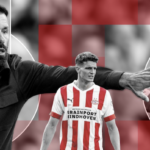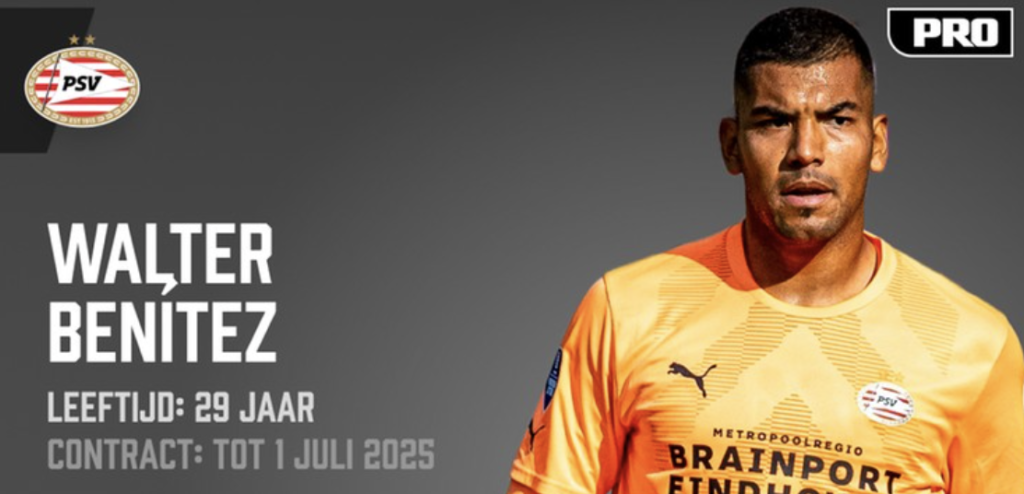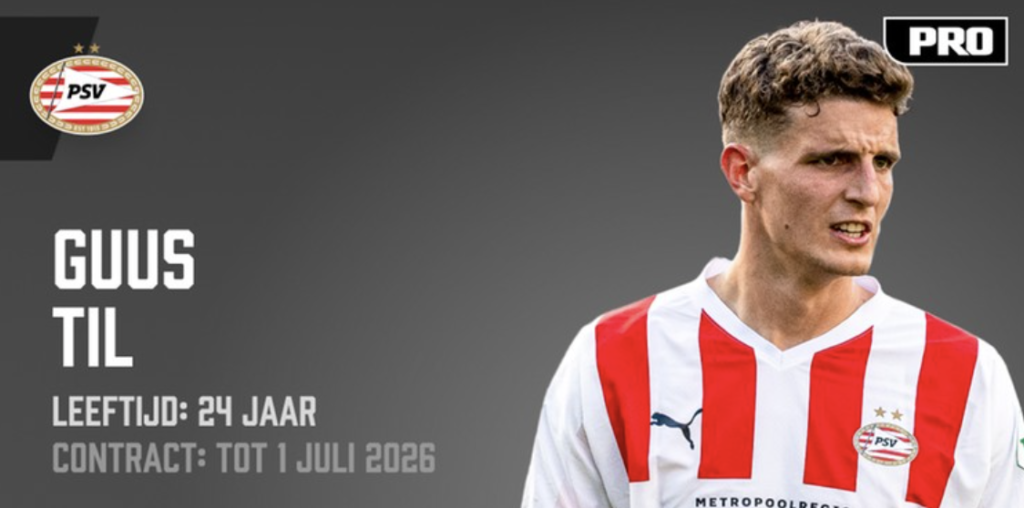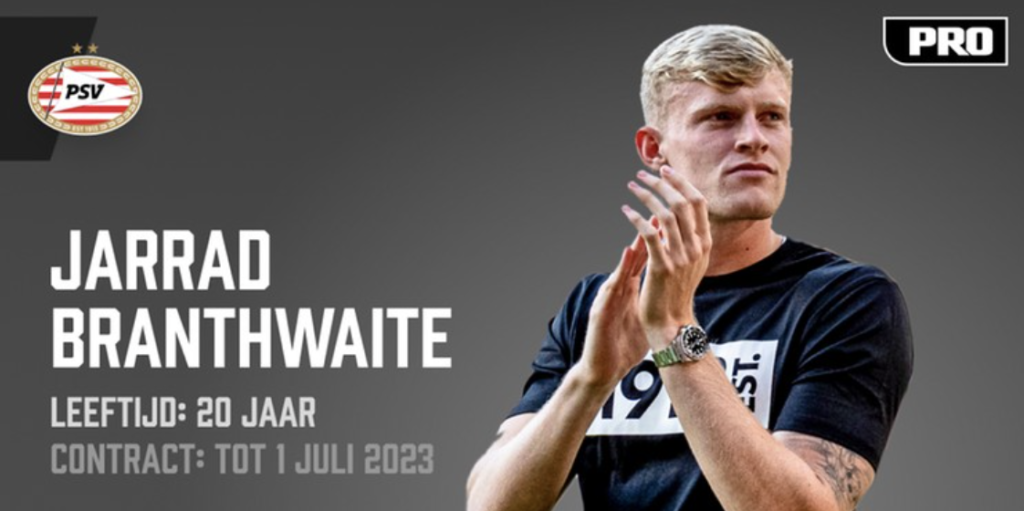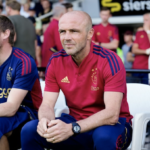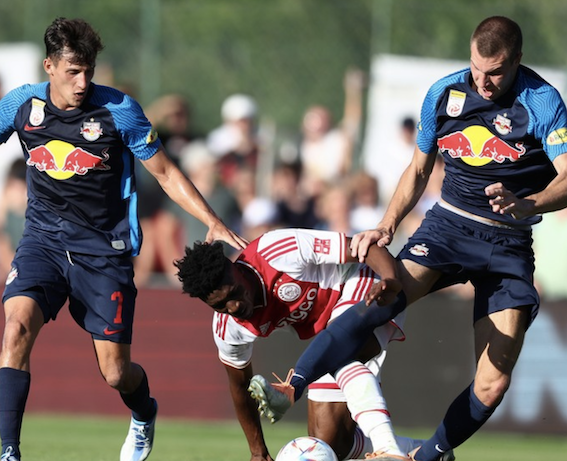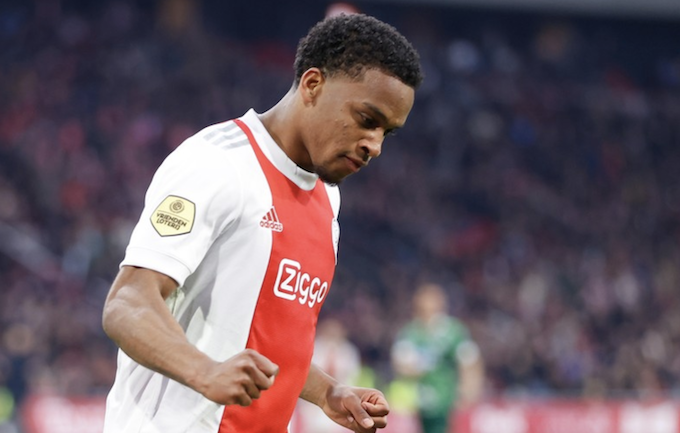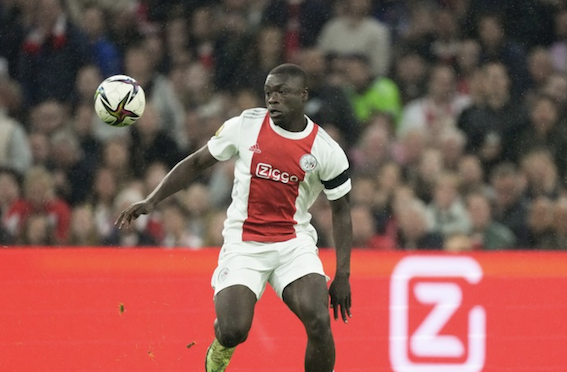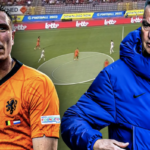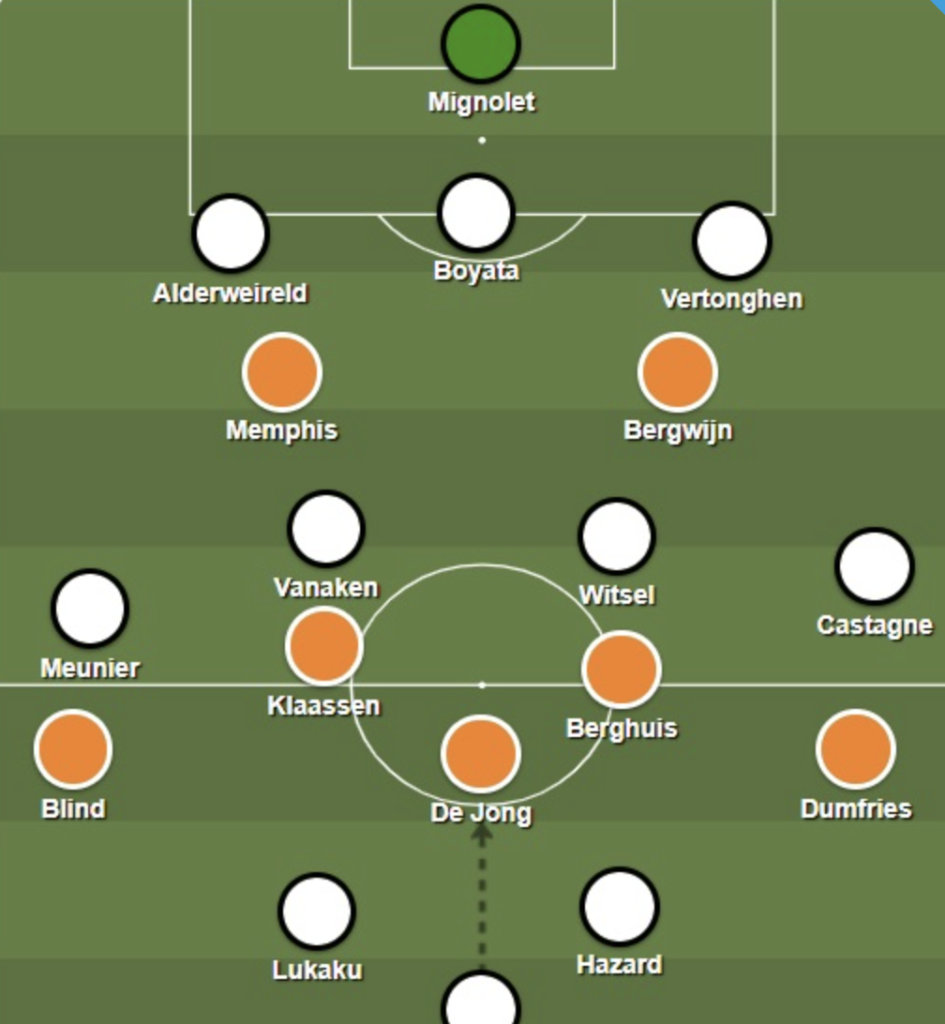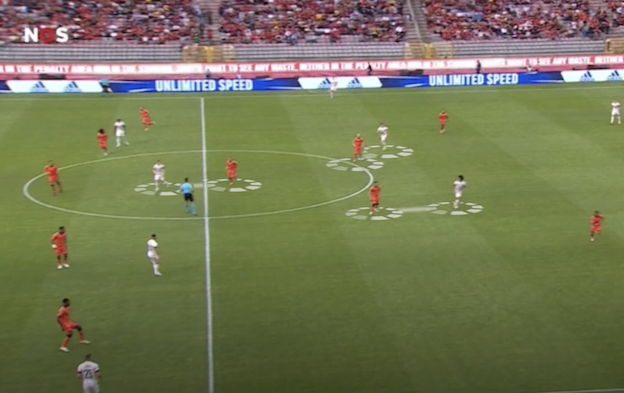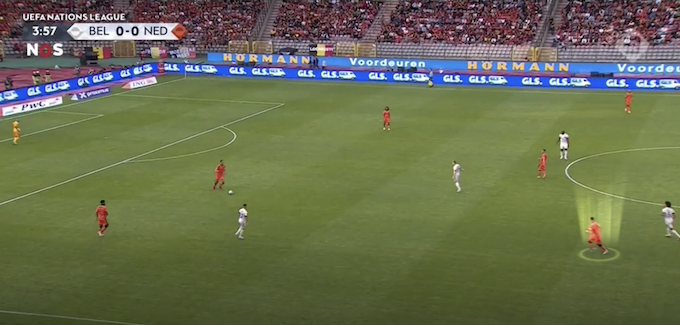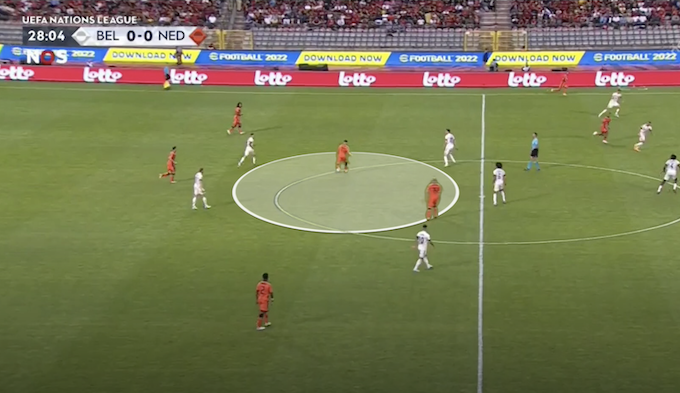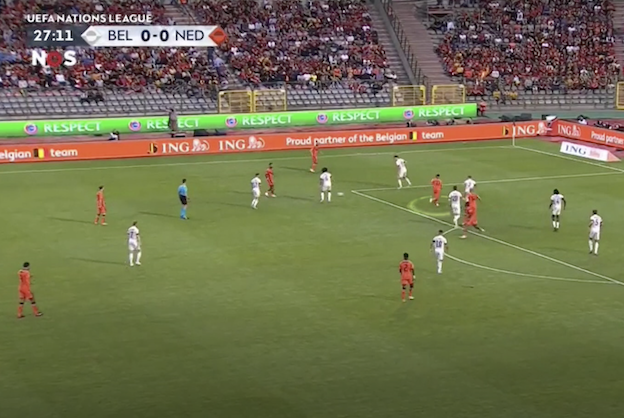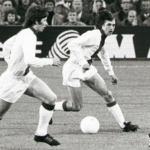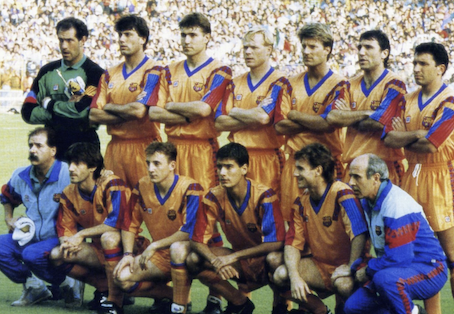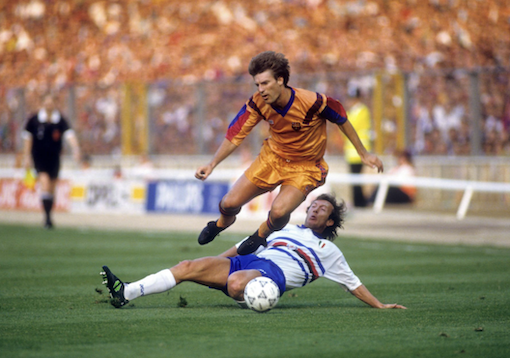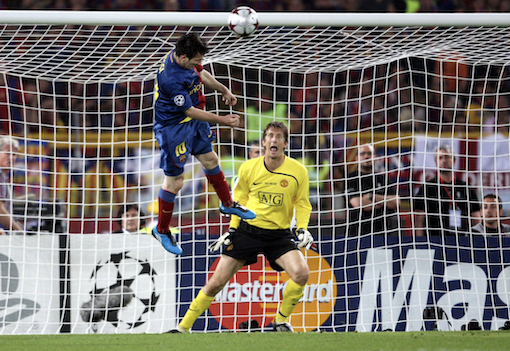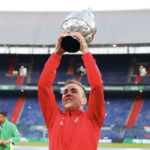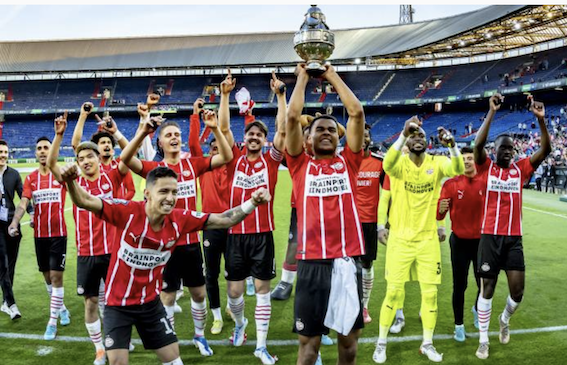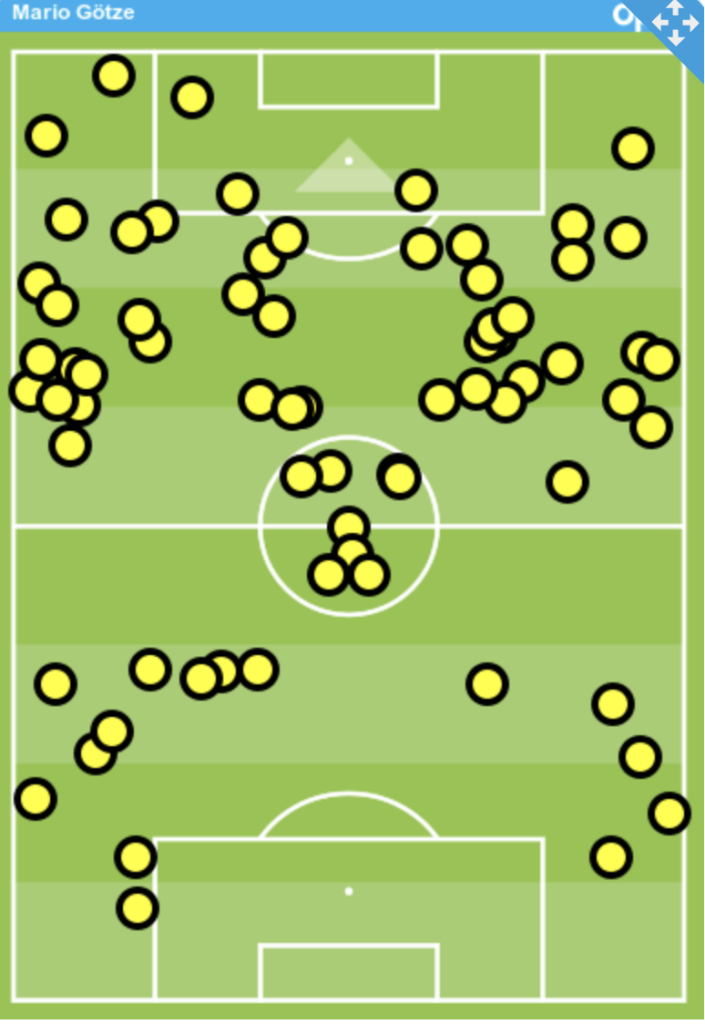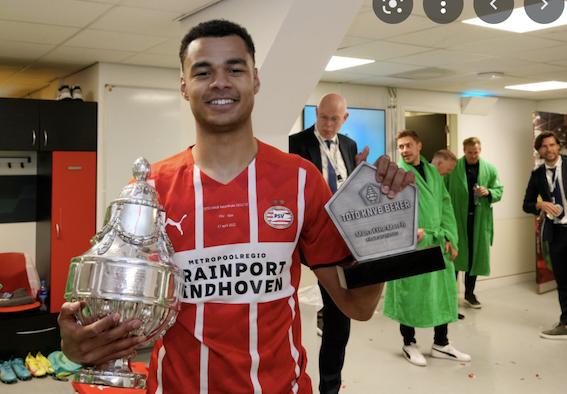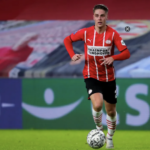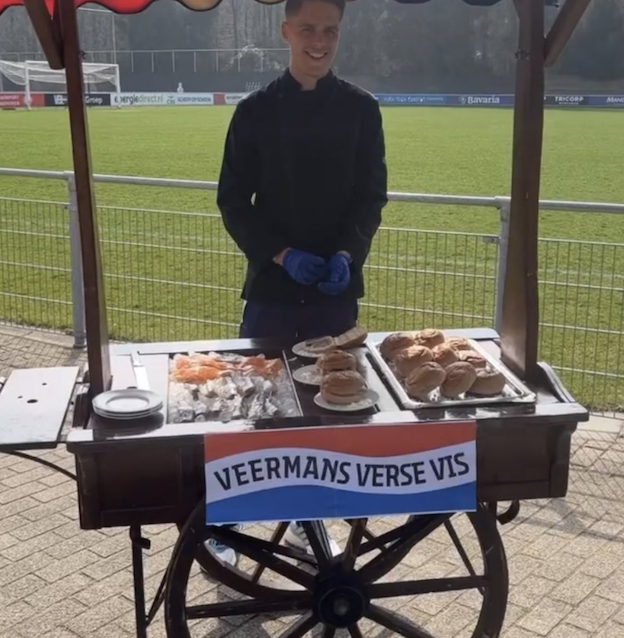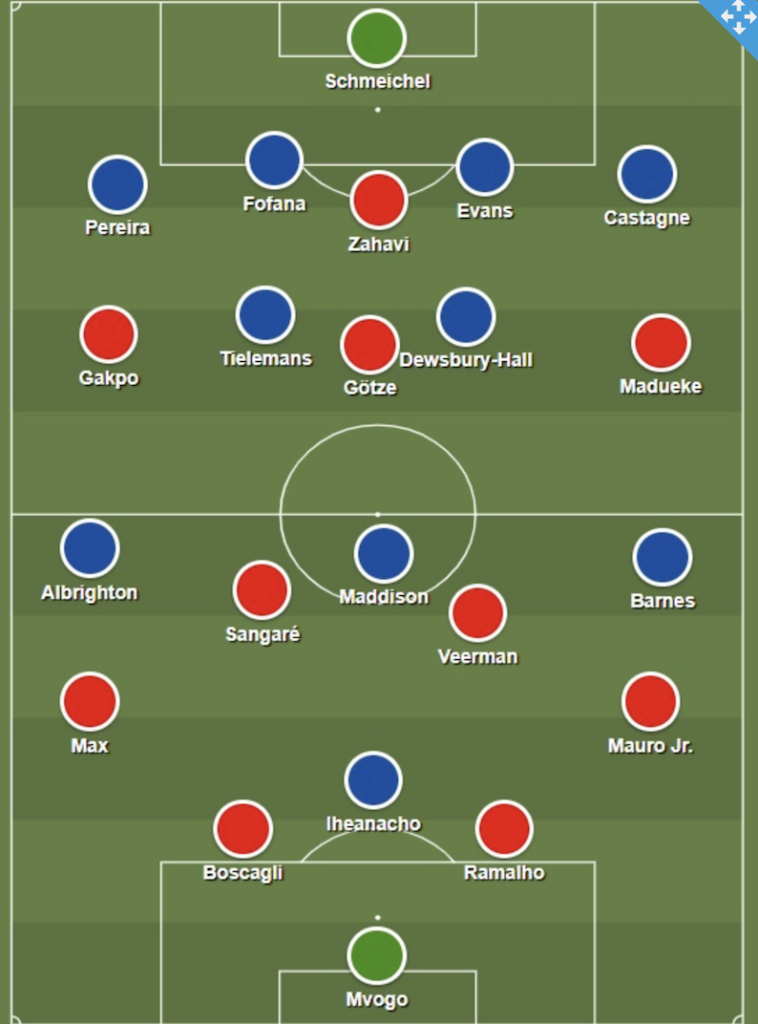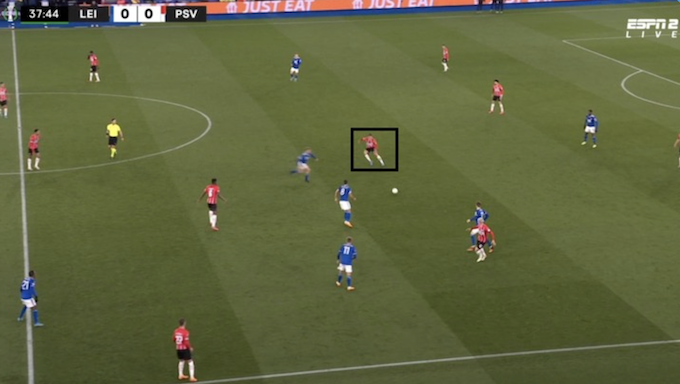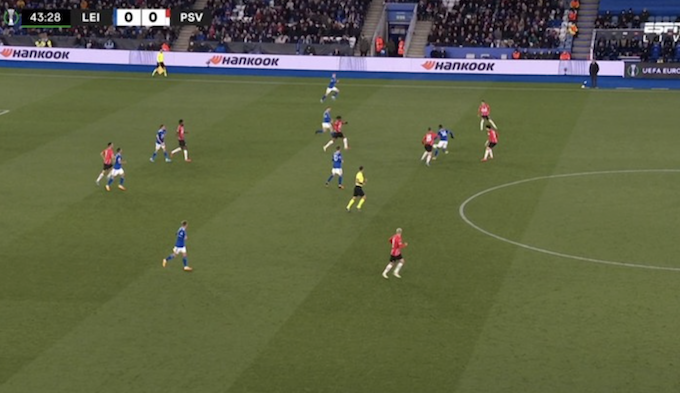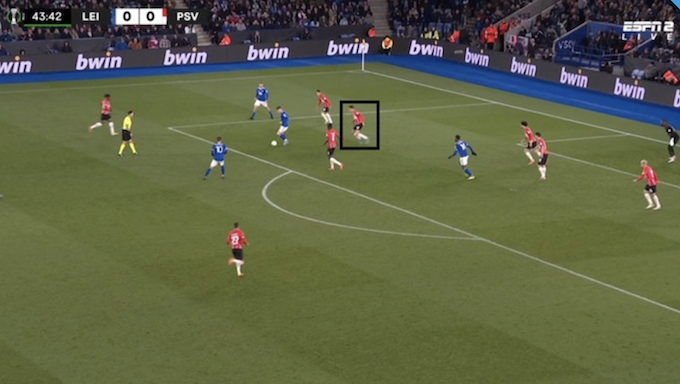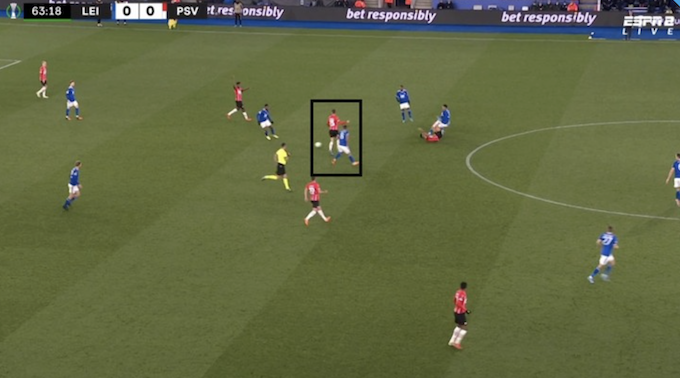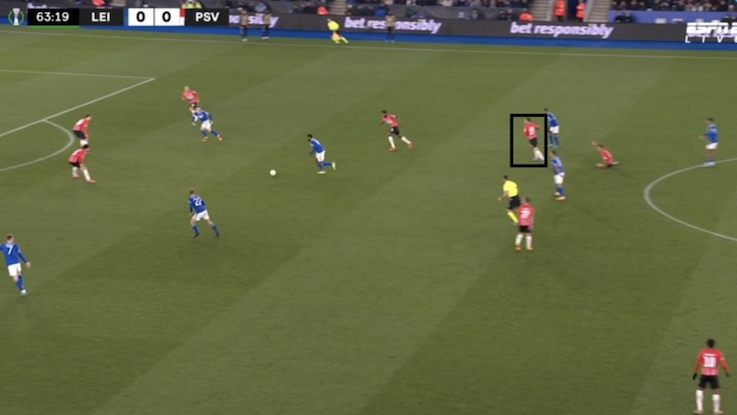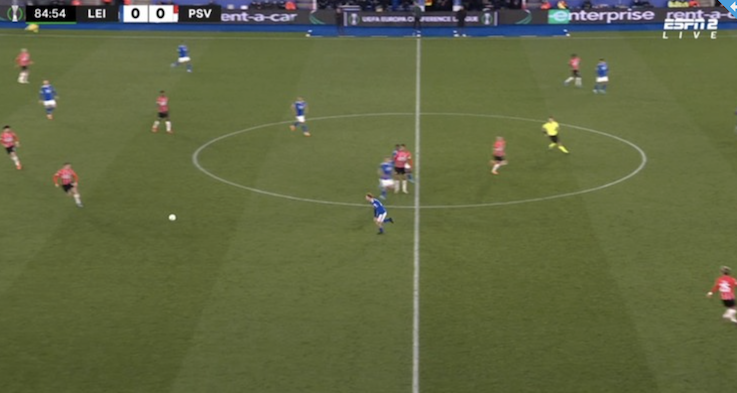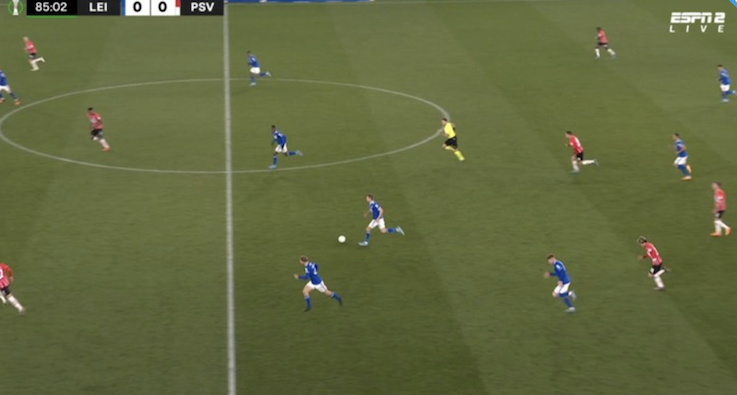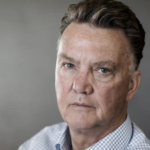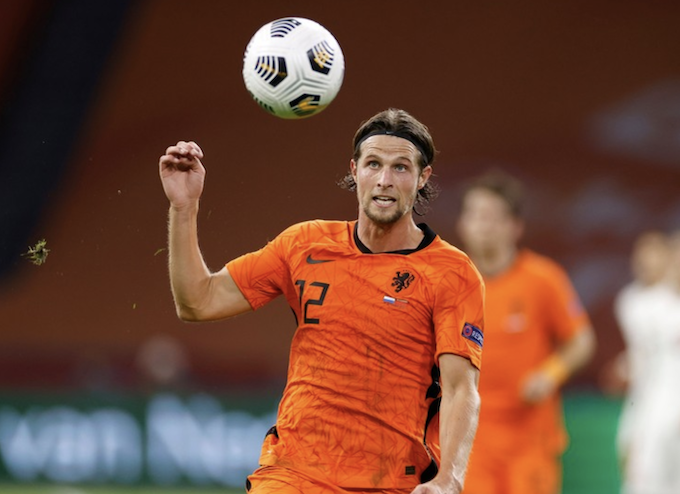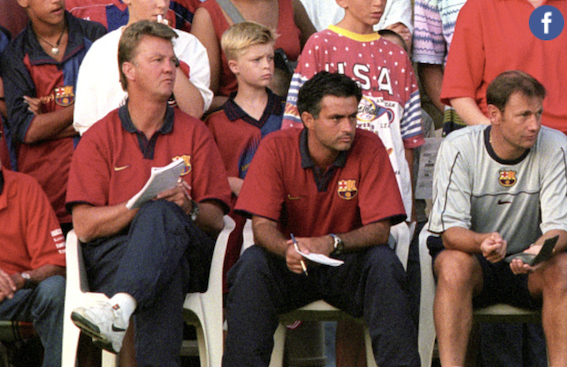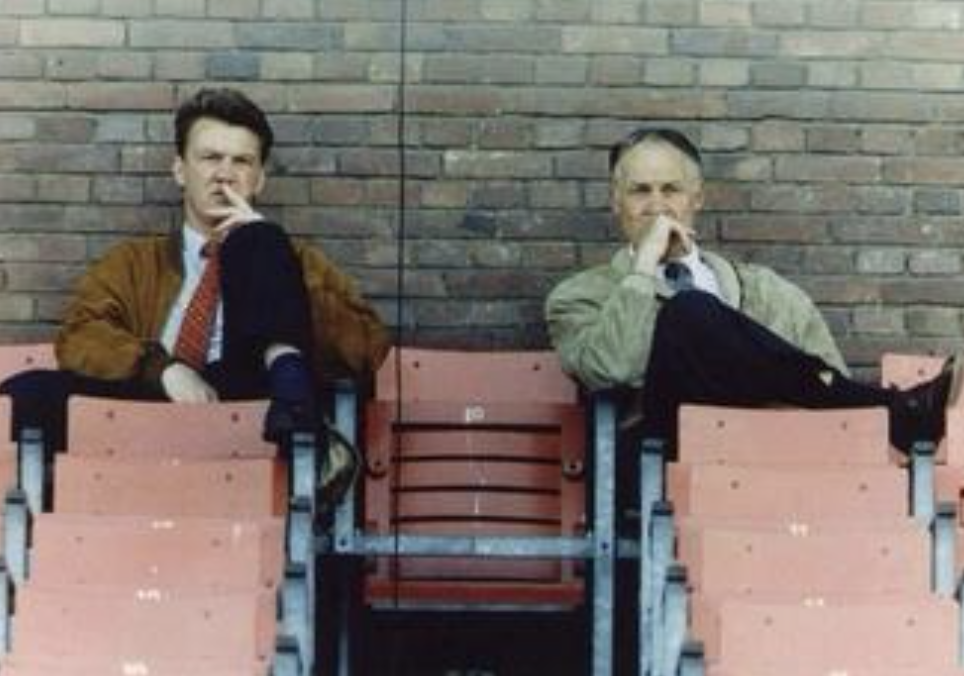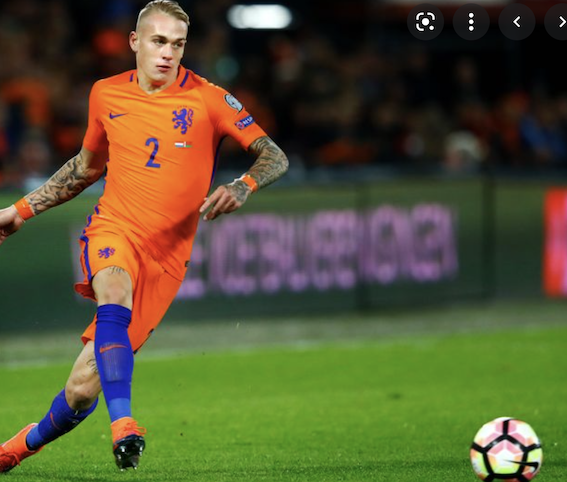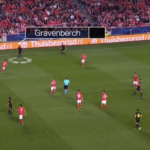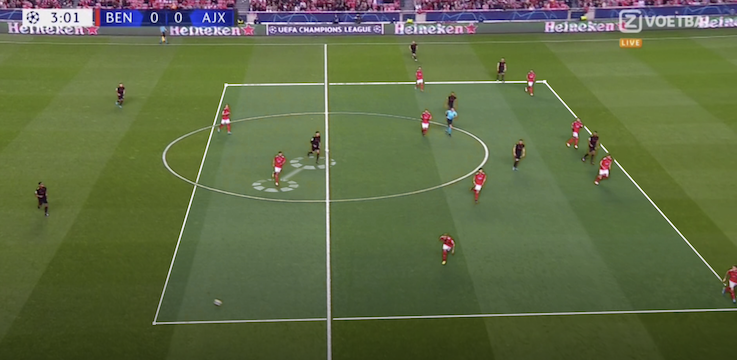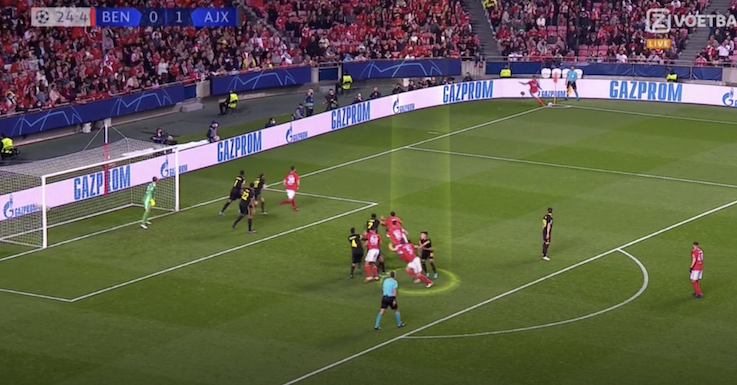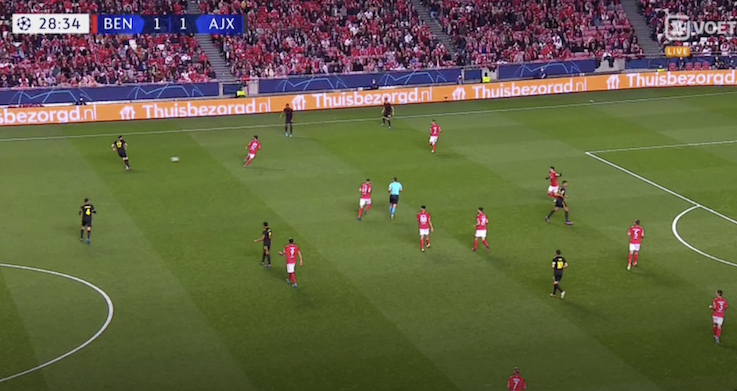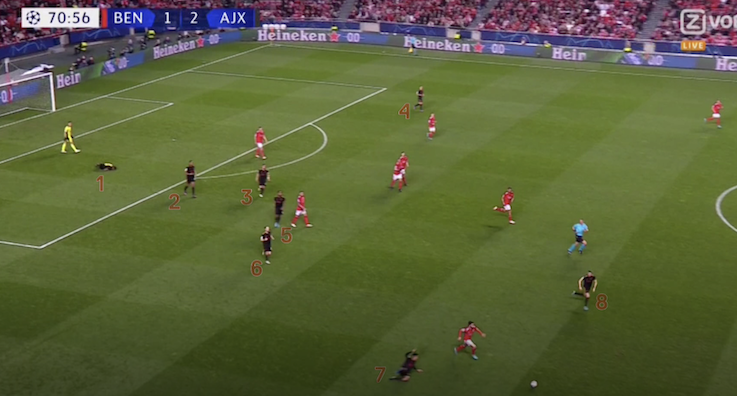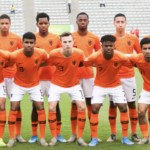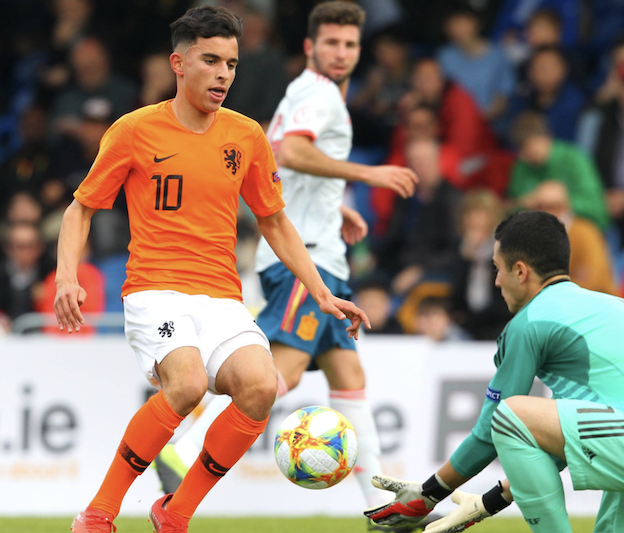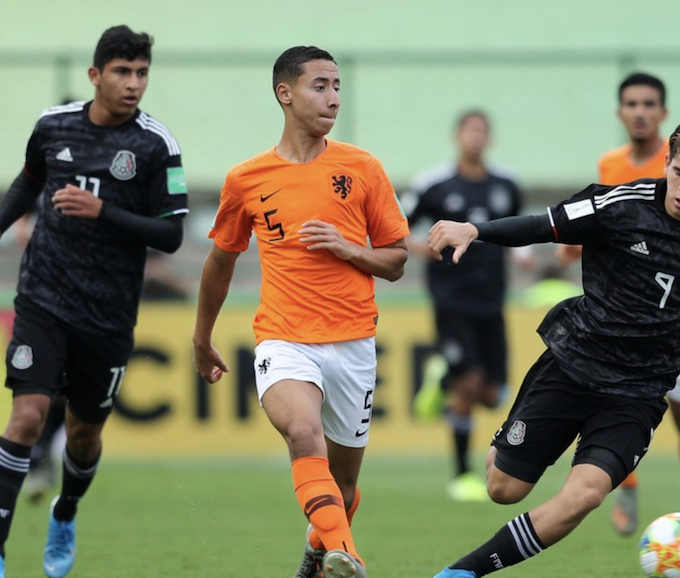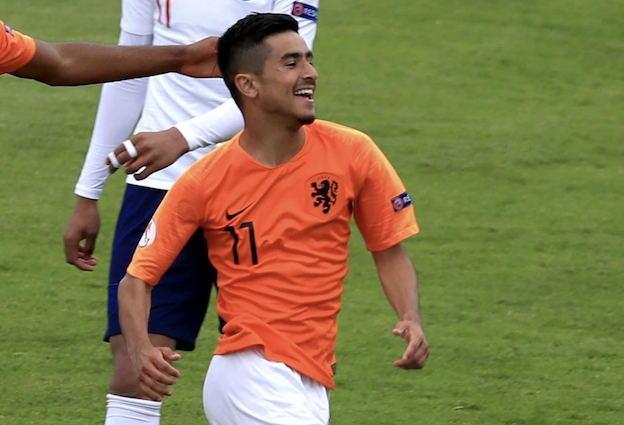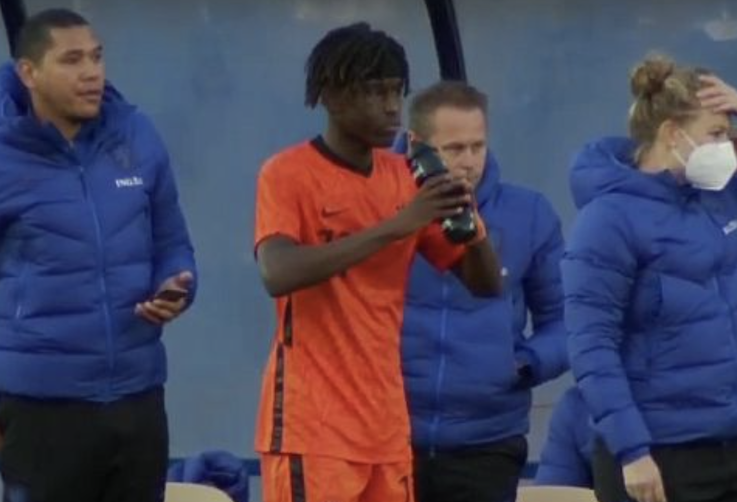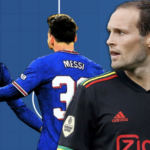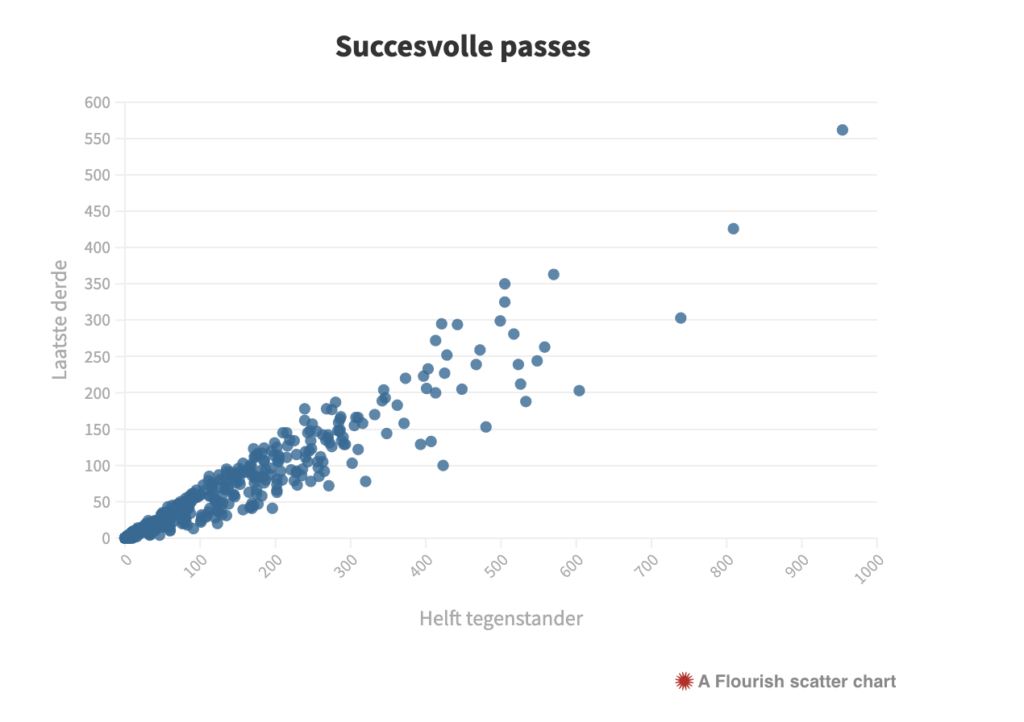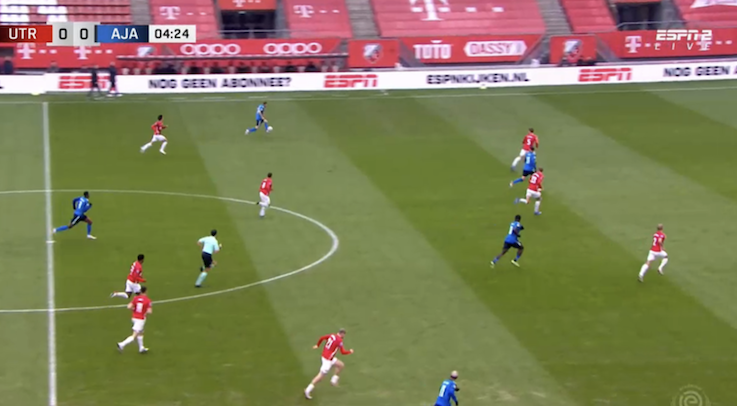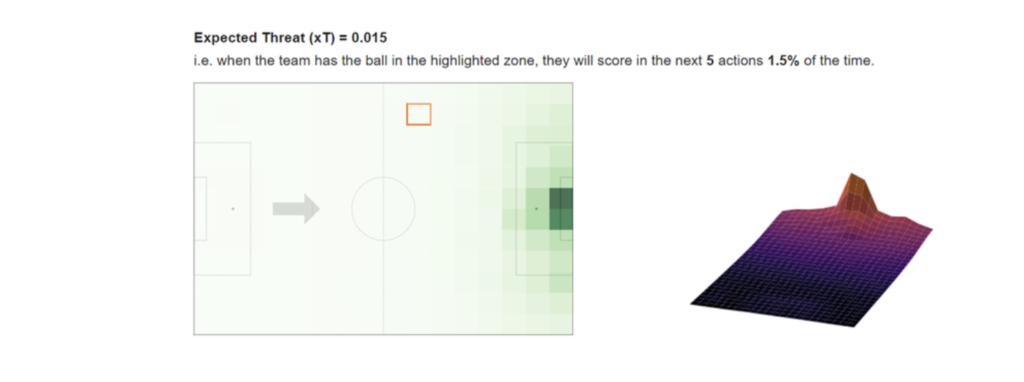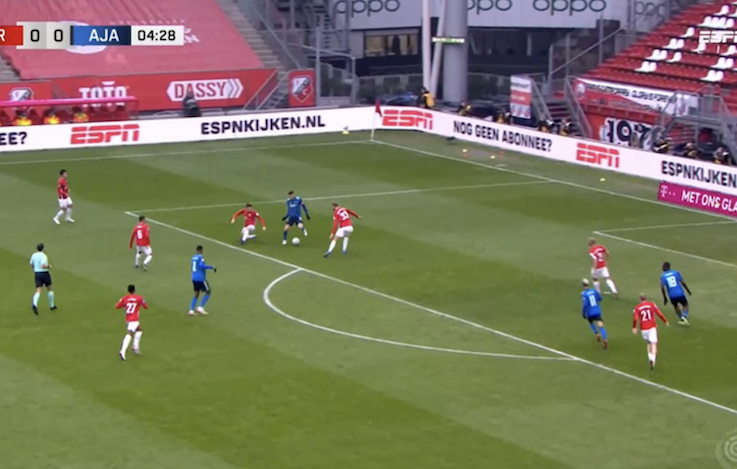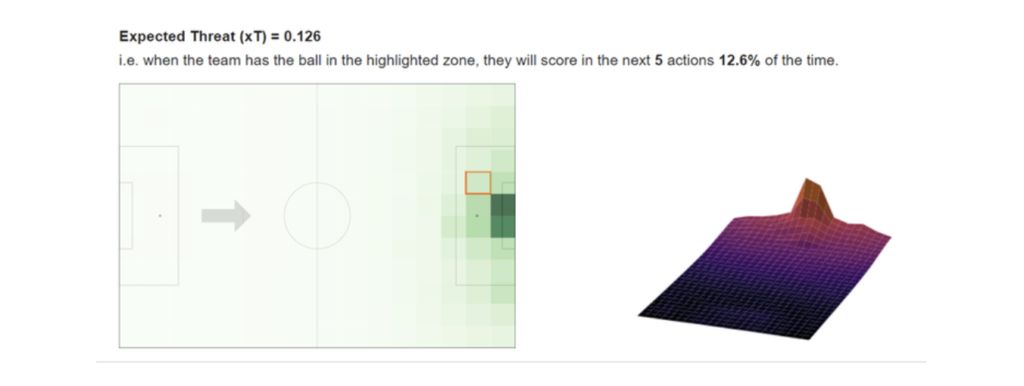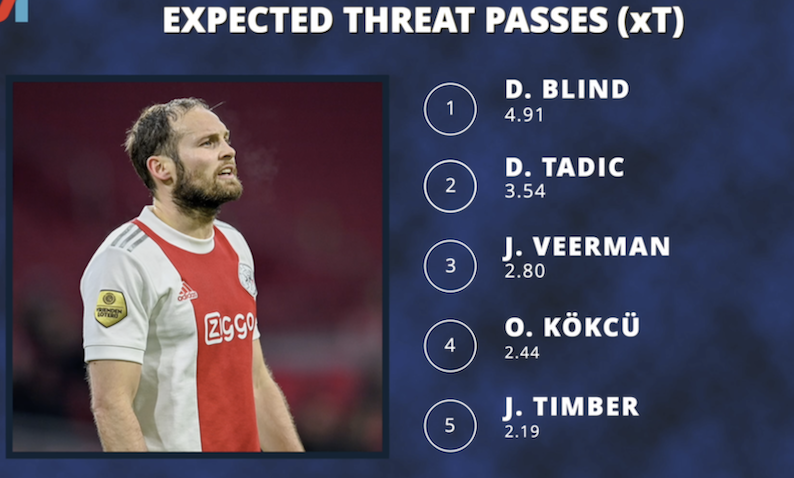PSV has been doing great business this summer. Roger Schmidt’s project wasn’t what was hoped for and as he’s turning heads in Portugal, club legend Ruud van Nistelrooy reluctantly took the reins and is making headlines with his TD John de Jong and new MD Marcel Brands.
Sangarue and Gakpo still wear the PSV colours, Luuk de Jong is back. Guus Til will bring depth and goals, while the goalie issues seems sorted now with Benitez between the sticks.
Conceding Less Goals
This was one of the missions for the summer. Joel Drommel, albeit talented, wasn’t the man for the job (yet). A tad nervous, uncertain and lacking courage with high balls. They found the ideal shot stopper in France. Argentine Walter Benitez was statistically the best goalie in France and his mission is to play CL football and get into the Argentina squad.
PSV has a list of players that left Holland at a young age, only to return to PSV to get games in their pocket and as a result an invite for Oranje. Ki-Jana Hoever wants to do what Donnyel Malen, Jeffrey Bruma and Karim Rekik did before him. The youngest ever Liverpool player in the FA Cup will focus on the right full back spot. The season’s preparation demonstrated his comfort on the ball and his smarts in the build up. His weaknesses? Typically, his defensive abilities, but Ruud van Nistelrooy was quite happy with how Hoever developed in this short time at PSV.
Youth Sensation
Xavi Simons is a brand and a youth sensation. With his blonde, curly hair he became an icon as a kid for Barca and he slowly moved to the big boys’ matches via Paris SG. He realised that he would have a hard time playing week in week out in Paris, so he decided on a loan spell to PSV. The talks between him and the club were such that he actually decided to leave PSG and sign with PSV all the way. Simons wants to get the same status in men’s football as he had in youth football. He’s got all the tricks and never loses sight of the space when in confined spaces. Xavi has superior technique and an eye for the through ball. The only question is: how well is he equipped physically, to play 90 minutes at high intensity, 2 matches per week?
Guaranteed goals
No other active Eredivisie player scored more goals in the Eredivisie than Luuk de Jong. 135 goals. And as they saw in Sevilla and Barcelona, Luuk will score when the service is right. The new PSV skipper also has a tremendous role model function in the squad as everyone who knows him praises him for his professional approach. Another guaranteed goal scorer is Feyenoord’s topscorer from last season, Guus Til. Feyenoord couldn’t make a move as they needed to sell players first. Til didn’t want to wait and signed for four years in Eindhoven, where he hopes to play CL football. The midfielder is not the gifted technician but due to his work rate, depth and tactical discipline, every coach in football loves working with him.
New names
With the signing of Jarrad Branthwaite, PSV has another defensive option. Due to injuries, Van the Man needed more and Marcel Brands lured this tall defender away from Everton, where he signed him previously. Savinho is a player the fans will enjoy more than the tall English centre back. The Brazilian super talent is part of the City Group and asked for a loan spell at PSV. The Eindhoven club still have magic in its name in Brazil, thanks to the stints of Romario, Ronaldo and Alex, among others at the club. Savinho is an Antony like left footed right winger, who will benefit from the long term ankle injury of Madueke.
Tactics
Van Nistelrooy is no Schmidt. Where the German relied on compact organisations and turn-over moments, the former Man U striker is a believer of the Dutch School: possession, pass and move, forward press and attractive and attacking football. PSV will move closer to Ajax and Feyenoord in that way. Ruud used the 4-1-4-1 system a lot at Young PSV and seems to want to play like this with his current squad as well. With the extension of Gutierez, Sangare still on board, Joey Veerman, Guus Til and Xavi Simons, Van has quite some good midfield options to go to. In the pre-season, Van Nistelrooy used Sangare as lone defensive mid and has also played with Veerman next to Sangare and Til as shadow striker. “I like to be able to vary, to keep the opponent on their toes.” In Schmidt’s system, the team would overcrowd the ball and all players would move towards the ball, in order to take possession and quickly break out. In Van’s world, he will keep the players in position as much as possible. This will diminish the risk of not being able to win the ball and having opened up the pitch. Another benefit is, that it doesn’t require the intensity Schmidt demanded. In Schmidt’s system, the wingers played as midfielders and were coming into the space or squeezing inside. In Ruud’s system, the wingers are used as final station in the build up, before the killer pass arrives in the box.
Ruud wants to see one defender more than opposing attackers, at the back. This is usually the central defensive midfielder, as the full backs are needed higher to play triangles with the midfielders and the wingers. Luuk de Jong wants service from the wings and Gakpo and Savinho or Madueke are capable to take on opponents and bring the ball into the danger area.
This season will be really interesting, between PSV and Ajax. I can see Ajax focusing more and more on the CL win, while PSV just wants that title again!

